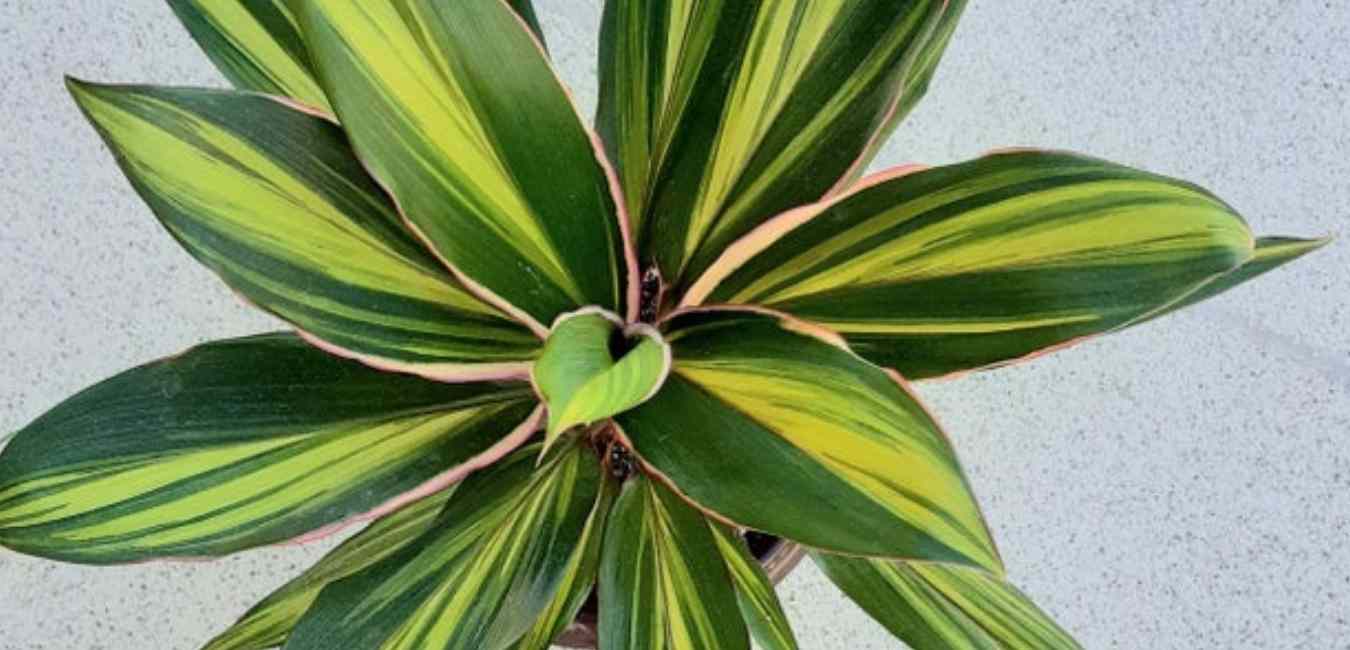The Cordyline is an often seen outdoor plant that is slowly making its way into our homes and hearts. They are widely used in common spaces due to their easy care and variety of colours and appearances.

CORDYLINE
Varieties from our listing
Interested to buy a plant from this group?
See what we have available HERE
Below is a general care guide for Cordyline plants which can slightly differ depending on variety.
Light & Temperature
Since Cordylines are tropical plants, they thrive best in a sunny, bright-lit spot with exposure to direct sun. Make sure that there is always some exposure to sun for cordylines to maintain their vibrant colours.
Cordylines prefers warm temperatures, so choose an area for them away from air vents and drafts.
Watering, Humidity & Misting
Cordylines enjoy consistently moist soil, however, make sure that the soil is damp but not soggy. Water your Cordyline thoroughly when top inch of soil is dry, usually once or twice a week.
Being a tropical rainforest plant, Cordylines appreciate high humidity. To boost humidity, mist the plant frequently, or you can also set up a tray with water and pebbles or a humidifier.
Soil and Repotting
Cordylines prefer rich, well-draining soil that still retains some moisture.
Cordylines tend toward legginess, so to keep the plant in a manageable size and looking good, be sure to trim back the stems with staggered patterns. Repotting can be done once every 2-3 years when the plant is out-growing its pot.
Propagation
Propagating Cordylines is typically done through stem cuttings. Cut 3-5 inch pieces of mature stems and remove all the leaves. Place the stem cuttings in sand and provide a warm environment. Shoots will start growing from the eye of the stems and can be potted in fresh soil after it has 4 or more leaves.
Fertiliser
Use a balanced fertiliser formulated for houseplants. Follow directions on the label of plant food.
Toxicity
Cordylines are toxic if ingested and should be kept out of the reach of children and pets. The ingestion of the plant is considered extremely toxic for pets.
Possible Issues
Under the right care and conditions, your plant will grow happy and healthy. But here are some issues you may encounter while caring for a Cordyline:
Scale, mealybugs and spider mites - When spotted, wipe the leaves with a soft cloth or warm, soapy water.
Browning leaves/brown leaf edges - This is usually caused by underwatering or the environment being too dry. Cordylines generally take in quite a bit of water so regular watering is a must and and frequent misting will greatly help.
Only browning tips - This can be caused by a myriad of reasons: underwatering, low humidity, chemical burn from fertiliser, root rot or a combination of these.
Leaf/Stem spots with slimy leaves and black roots -This is a sign of bacterial infection which may be hard to treat, so the best course of action is to discard it.


- Regular Price
- from $20.00
- Sale Price
- from $20.00
- Regular Price
- Unit Price
- per


- Regular Price
- from $30.00
- Sale Price
- from $30.00
- Regular Price
- Unit Price
- per